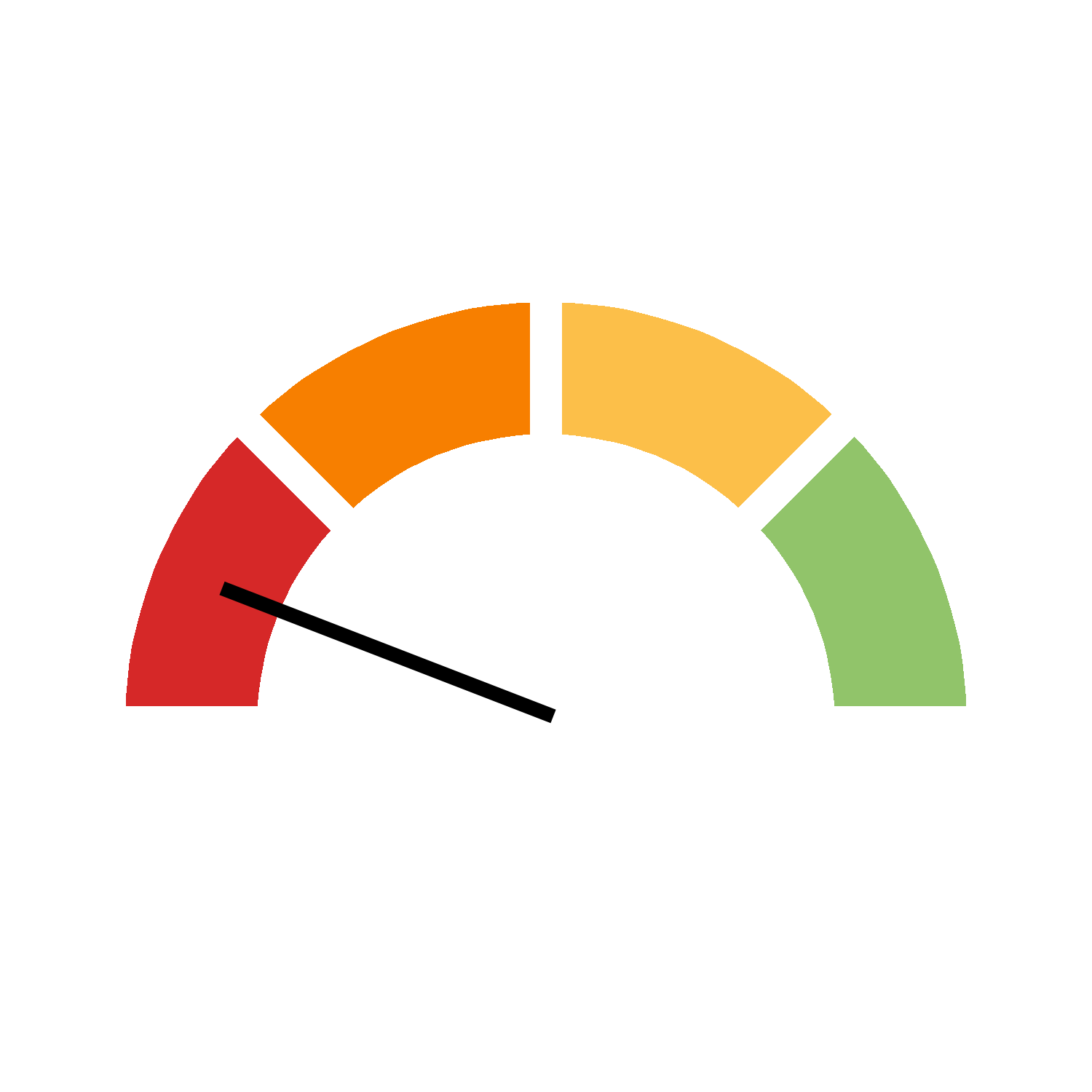The table below contains more information regarding the indicator.
| Indicator name |
Canadian species index |
|---|---|
| Target |
No specific target |
| Indicator description |
The Canadian species index represents the average percent change in the abundances of Canadian vertebrate species' populations since 1970. The index is an "average of trends", rather than a measure of change in the total number of animals: each species, whether it is common or rare, has the same effect on the index. |
| Geographical coverage |
Canada |
| Unit of measurement |
Cumulative percentage change since 1970 |
| Calculations |
The national index includes 928 species of birds, fish, mammals, amphibians and reptiles. The number of species represents 52% of the 1 798 native vertebrate species that regularly occur in Canada. Birds are the best represented species group, with about 89% of all bird species regularly occurring in Canada represented. 35% of native fish species as well as 55% of native mammal species are represented. Amphibians and reptiles are the least represented species group, as the data for the species regularly occurring in Canada have poor geographical coverage across the reporting period. (ECCC) |
| Comments and limitations |
The national trend is the average rate of change across all monitored vertebrate species. The indices may reflect changes in data availability. Data are not available for all species and do not always cover the geographic range of each species or the whole time period reported. While large scale trends broadly reflect environmental change, smaller scale subindices can be subject to change if species with a different trajectory are added. The index should be interpreted with these limitations in mind. (ECCC) |
